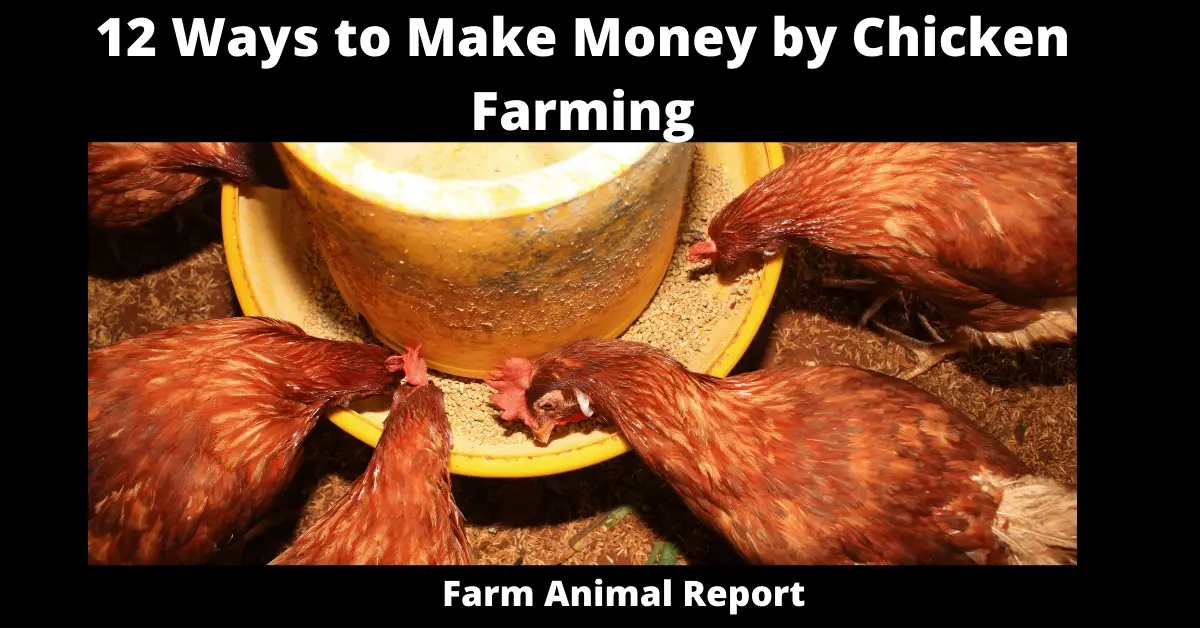As a General Rule Chicken Farmers Make money by 1) Fresh Eggs 2) Fertilized Eggs 3) Day Old Chicks 4) Meat Birds 5) Feathers 6) Chicken Manure 7) Making Chicken Coops Today the 37% share of the meat market in the world is of poultry
Ways to Make Money by Chicken Farming
- Fresh Eggs
- Fertilized Eggs
- Day Old Chicks
- Making Chicken feeds
- Meat Birds
- Chicken feathers
- Chicken manure
- Building Chicken Coops
- Pullets
- Stewing Hens
- Selling Fancy Birds
- Writing Books / Online
Ways to Make Money by Chicken Farming – The poultry farming market is getting bigger day by day. People are making more and more profit out of it. Today the 37% share of the meat market in the world is of poultry. Annually, the amount of, only, chicken consumed is more than 60 billion. In the food production category, the highest numbers of shares are of chicken farming. Therefore, a chicken farmer must be more systematic and goal-oriented to profit from his chicken farm. For this purpose, this article will extensively educate you on how to make enough profit out of a chicken farm.
Sit back! And start your chicken farm journey with us. I will tell you the 12 ways to earn a handsome profit out of a chicken farm.
Importance of Chicken Farming?
The following points will explain why chicken farming is an important business to make a lot of money.
Our Extensive Guide – Free Range Chicken Farming – Large Scale
How Much Capital does it Require?
Chicken farming does not require huge capital. This is because you need the capital for basic utilities, and you can start the farm in your backyard with a few coops or cages. Until or unless you start farming on a commercial scale, you don’t need much capital. Therefore, it is a great option for entrepreneurs to take the start.
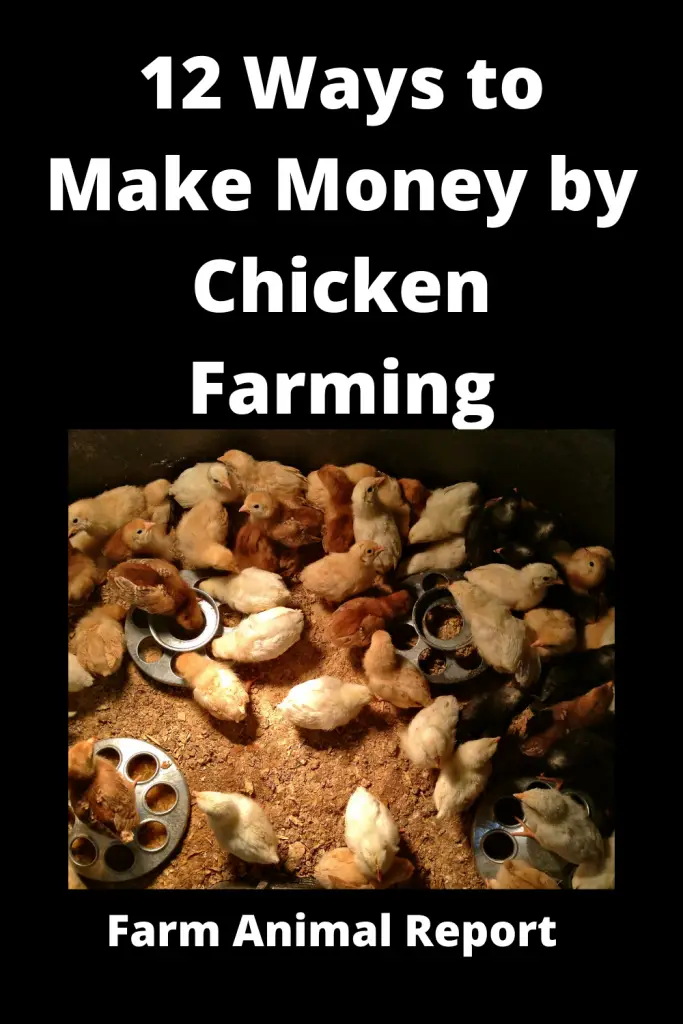
Can get High returns in a Short Period?
The chicken business is among those businesses in which you can expect high revenue in a short period because chicken is ready for selling in the market in just 4 to 5 weeks. It means that you don’t need to put in a lot of money and wait for many months or even years to collect.
See Our Extensive Guide – Family size Chicken Farm
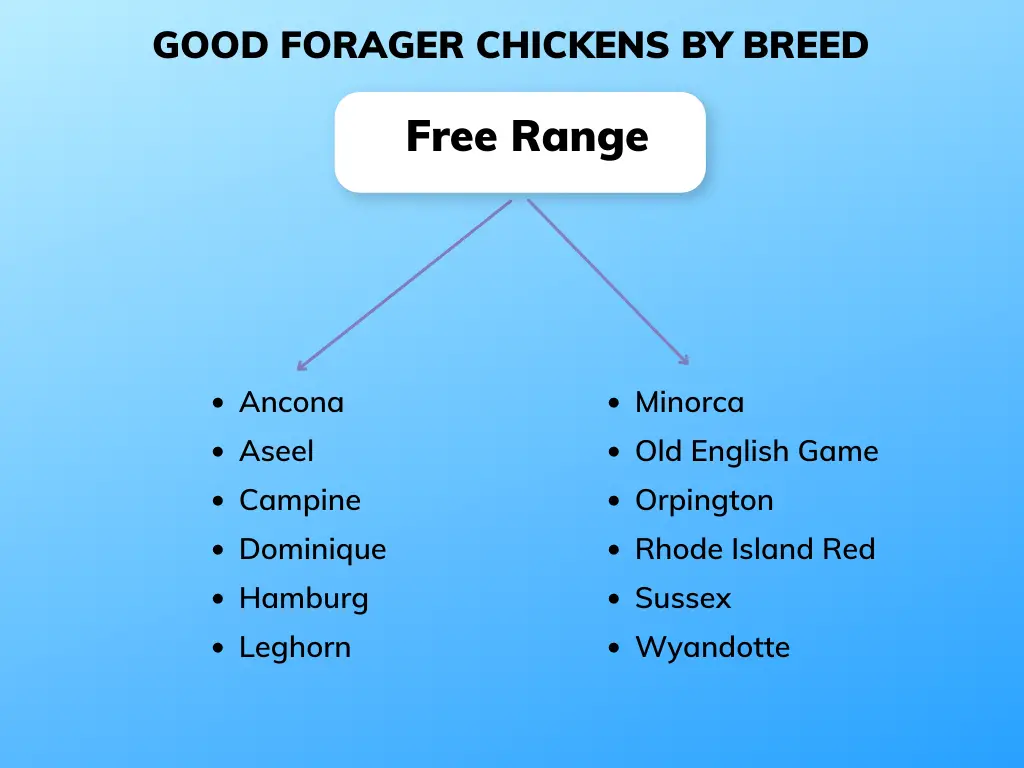
Has Global Demand?
Chicken provides the consumer with highly nutritious food at fairly fewer prices. Undoubtedly, chicken is an inexpensive source of meat protein. There is global demand for fresh and nutritious chicken meat. Therefore, it will not be wise not to earn a profit with chicken farming.
Ease of Marketing?
Chicken meat marketing is one of the most easily accessible markets. There are already established markets in every region where you can sell your products. Besides, the better supply and demand of chicken earns you a great profit.
General Rules
You will be facing the following hurdles if you are going to start your chicken farm. To pass through smoothly, you need to take the following guidelines in your mind to earn maximum profit.
1. Acquire the land and the housing in a comfortable location
The location of your farm is very critical, according to the perspective of marketing. A good location can earn you a handsome profit by decreasing the cost of transport. Similarly, the location of a farm far away from the market can increase the cost of transport and resultantly decreases the amount of profit.
At the same time, housing is also critical regarding bird health and consequently the profit you want to make. Many farmers that are unaware of the housing protocol lose their flock and suffer a huge setback. Therefore, you should follow the standard hygiene protocol for the better health of your birds. Remember that the most effective strategy in the poultry sector to save your bird from diseases is to prevent them from occurring.
See Our Extensive Guide – Chicken Farm Essentials, Coop, Feeders, Waterers
2. Selecting and purchasing healthy and High Producing Birds
Poultry farming comes under the shadow of animal husbandry in which a farmer raises domesticated birds such as chicken, turkeys, ducks, and geese. The most widely opted farming throughout the world is chicken.
First of all, you should select the type of farming you will do, egg farming or meat farming. Then comes the time for deciding the breed. There are many breeds of each bird, and each of them has a different production potential. You need to select the breed which provides you the maximum production in a shortest time interval. Remember to choose a trustworthy breeder in the market to purchase the chicks. Don’t compromise on the well-being of chicks.
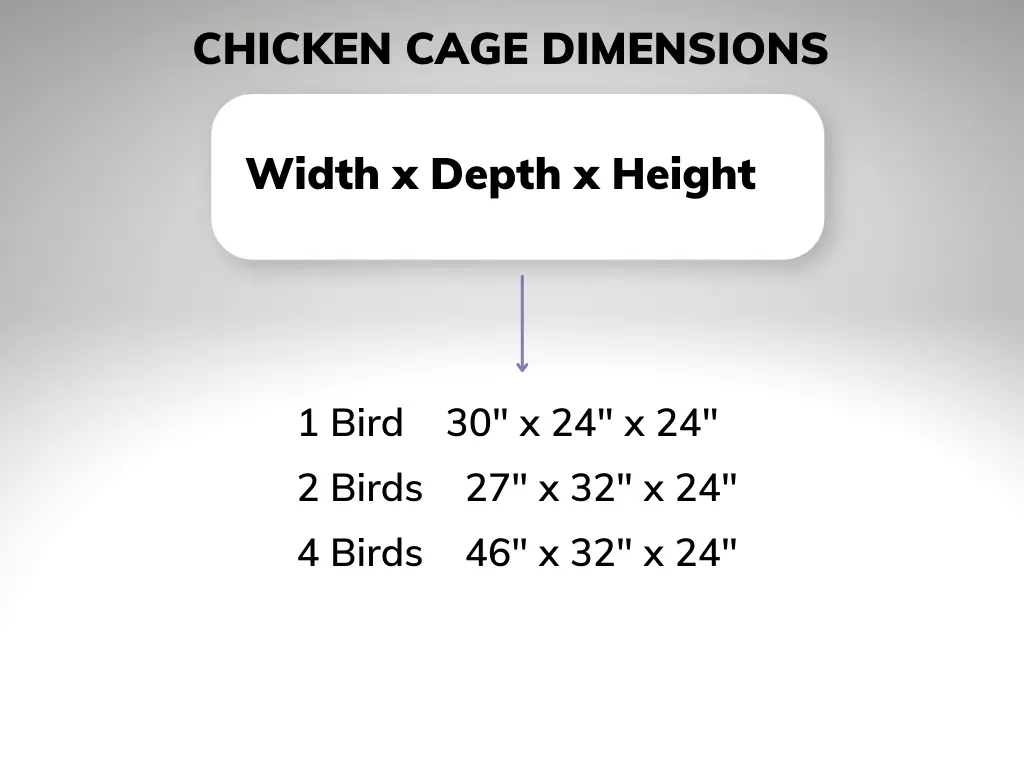
3. Feeding and Maintenance
Next, the crucial step in chicken farming is the feeding and management of chicks. In actuality, chicks need a little extra care for development and growth. Availability of water and nutrition all the time is essential. Certainly, you should pay attention to seasonal stress, humidity, rain, and other environmental effects to protect your birds. You should select and purchase good quality feed for your birds. A good quality feed containing all the essential nutrients is essential for the development and growth of your birds.
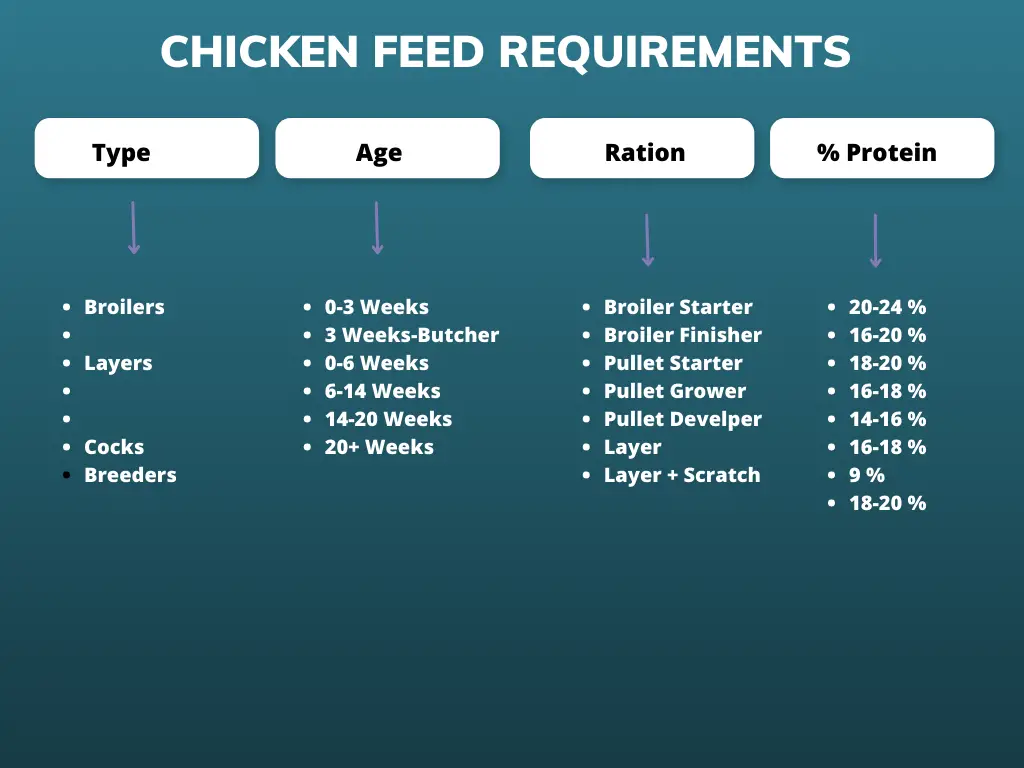
See Our Extensive Guides – What do Baby Chickens Eat
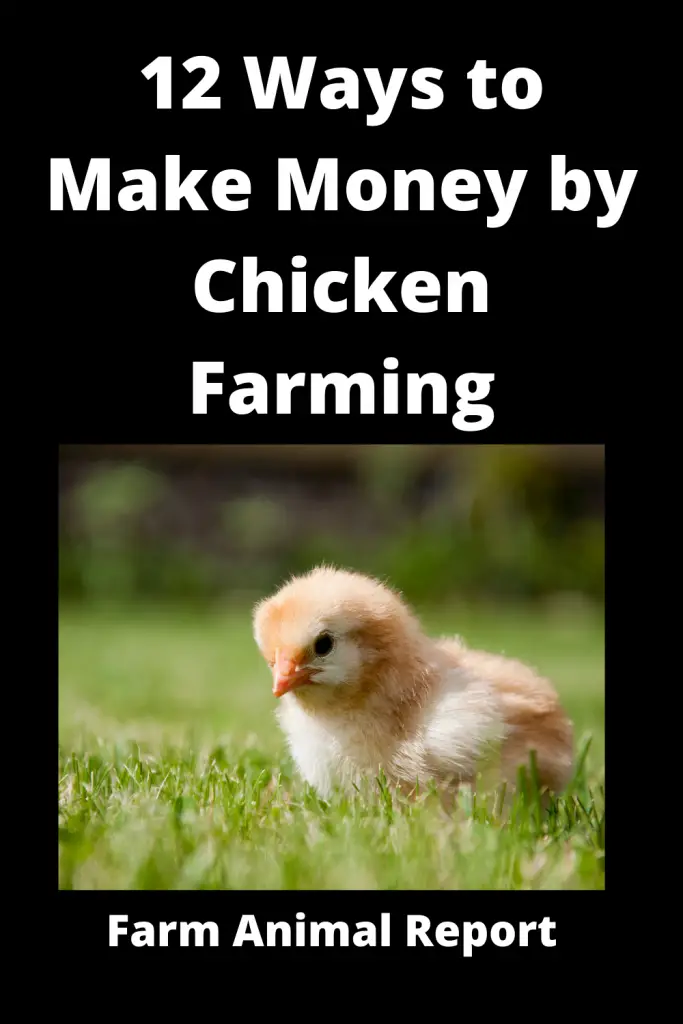
You should consult a veterinarian or a farmer to make a feed plan for your chicks. Chicks need different kinds of nutrition at different ages. Therefore, you should provide them a balanced diet for their healthy growth. Exposure to light is essential for your chicks, and therefore you should manage the exposure of light just as recommended according to their age.
4. Vaccinations
Vaccination is essential for the prevention of your birds from various diseases prevailing in the chicken birds. If you fail to vaccinate your birds, they will suffer different diseases like ND, bird flu, etc. For better health and production of your birds, it is necessary to vaccinate the flock.
All these guidelines are essential to raising a better flock. Resultantly, a better flock will earn you a better profit. Moreover, I must tell you for your motivation that there are several ways to earn a profit if you are raising chicken in your backyard or on a commercial scale. You should need to be consistent in your work, and your money will return to you with more extras.
12 Ways to Earn Money From Chicken Farming.
1. Fresh eggs
Many people in your neighborhood want to fill the breakfast with fresh backyard chicken eggs. Furthermore, people are wise, and they prefer backyard chicken eggs over pale yolk eggs. You should cash their interest. In addition, you should not confuse over the price. The price of the organic egg is always high than common table eggs.
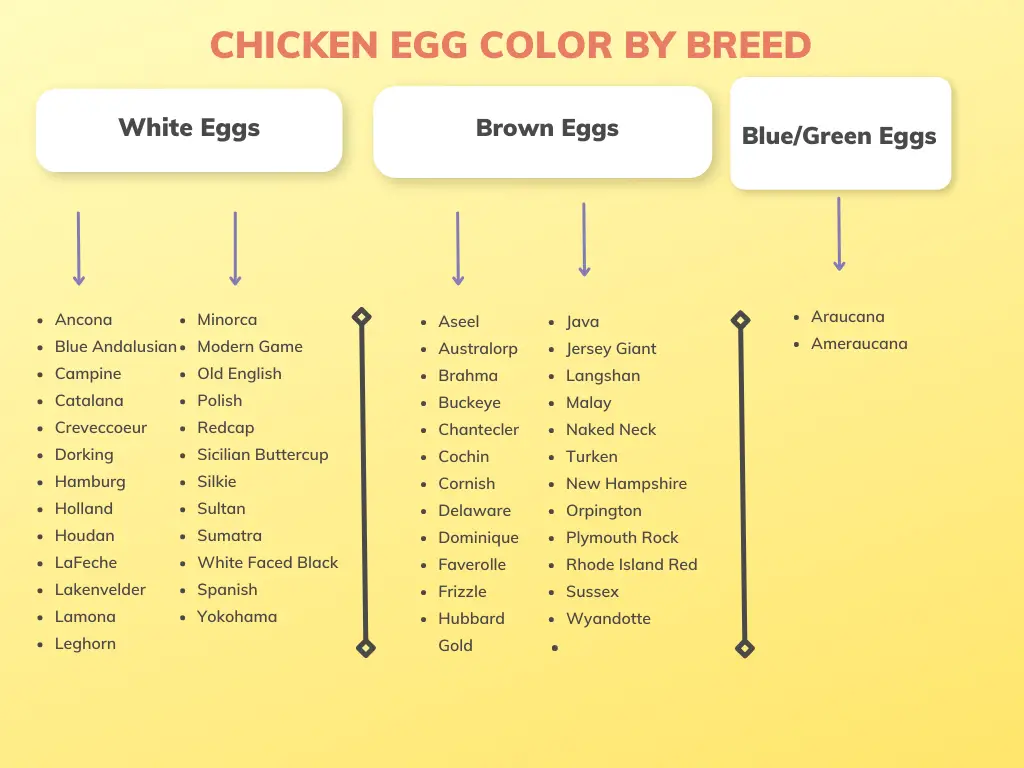
Moreover, when you have established yourself for commercial farming, you will have an already set market to sell your eggs.
See Our Extensive Guide – How Many Eggs Do I Need
2. Fertilized Eggs
If you have a rooster at your farm, you can cash people’s desire to raise backyard birds. Many people are willing, just like you, to raise chicken in their backyard to earn profit. You should be the one to provide them the chance. Furthermore, there is a plus point in this; you can charge more than the normal egg price for a fertilized egg. You should also sell the fertilized eggs to the breeder.
See Our Extensive Guide – 11 Steps – How to Hatch Eggs Without Their Mother
3. Day-old Chicks
Many people want to purchase day-old chick to avoid the hassle of hatching eggs. Furthermore, farmers usually evaluate the bird loss in autumn and want to restock their flock. You should cash farmer’s interest and sell day-old chicks.
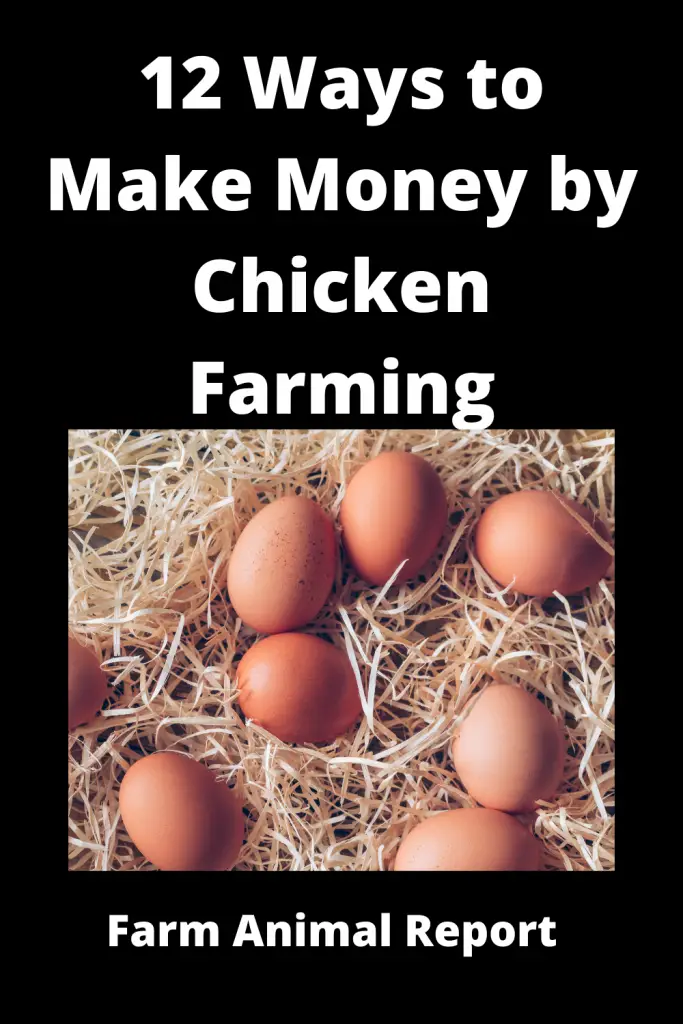
4. Sell Meat Birds
There is nothing better in taste than pasture-raised organic chickens. And once you have tasted an organic chicken, you will never go back to grocery store chicken. Furthermore, there is a huge market for chicken meat, and you can earn a handsome profit out of it.
| Meat | Calories / lb |
|---|---|
| Rabbit | 795 |
| Chicken | 810 |
| Veal | 840 |
| Turkey | 1190 |
| Lamb | 1420 |
| Beef | 1440 |
| Pork | 2050 |
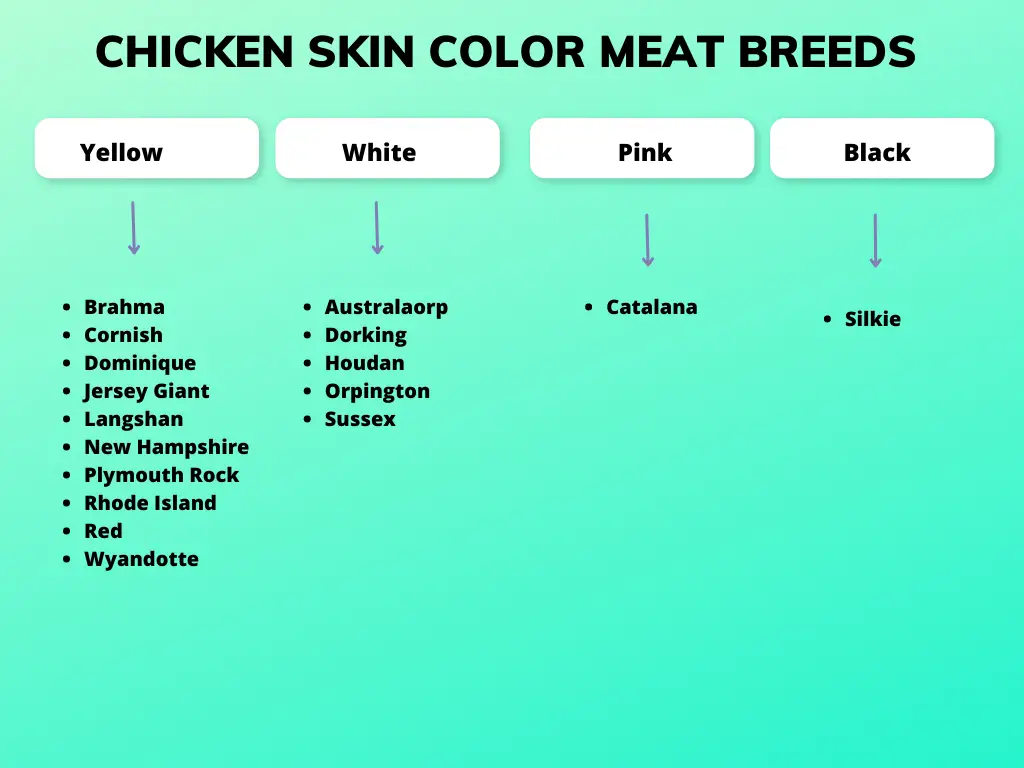
5. Pullets
For farmers who don’t want the hassle of managing day-old chicks, pullets are a great option. Pullets are the birds that are just about to lay eggs. It benefits the buyer in several ways. It is easy for them to know the gender and save them from managing non-productive birds.
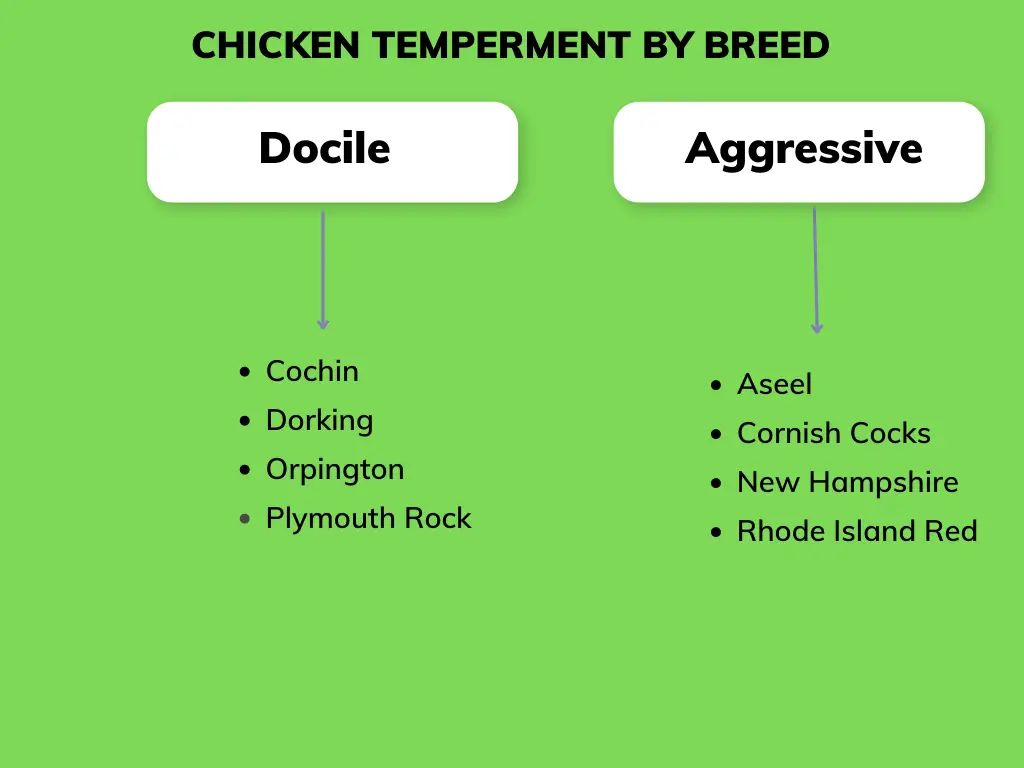
6. Sell Stewing Hens
Stewing hens are those layer birds who have stopped laying eggs. Some people don’t find them worthy, but actually, they are. You can make money by selling stewing hens. Their meat will not be as tender as you get from a meat hen, but people want them for stew.
7. Ornamental Feathers
You will be amazed to see the beautiful styles and colors of heritage chickens, which mostly come in roosters. Many crafters and fishermen love to make them in use. You have a big opportunity to cash their desires.
8. Chicken Manure
Chicken manure is amazingly high in nitrogen and is famous as back gold. Black gold offers tremendous value for growing plants.
See Our Extensive Guide – How Can I use Chicken Poop in my Worm Farm
9. Homemade Chicken Feed
Commercial chicken feed is expensive, and many farmers challenge its quality. If you have a recipe, you can earn a handsome profit out of it.
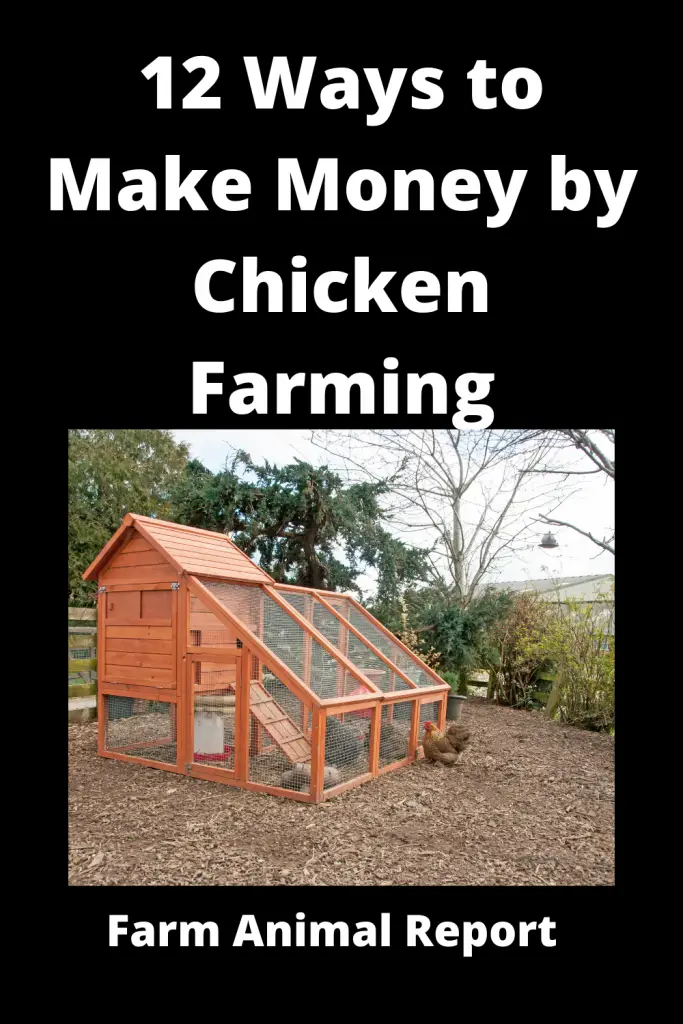
10. Sell fancy birds
You can sell fancy birds at high prices at an auction. If you have a small number of fancy birds, sell them to individuals at high prices; otherwise, go to auctions.
11. Write about Chicken Farming Online
Once you are a farming expert, you can make people learn from your writings. Create your website and start writing blogs on chicken farming.
12. Make or sell Chicken Coops
Maybe you are good at manufacturing chicken coops or having old coops replaced with new ones. In both situations, you can earn a profit by selling chicken coops.
See Our Extensive Guide – Do I Need to Close the Chicken Coop at Night (with Videos)
Chicken Farming FAQ
What are Intensive Chicken farms?
Intensive chicken farms are designed to produce the maximum amount of chicken meat with the least amount of input. The chickens are typically kept in very close quarters, with little or no access to the outdoors. They are typically fed a diet of grains and hormones in order to maximize their growth.
Because of the high density of chickens, these farms can generate a significant amount of waste, which can pollute nearby water sources. In addition, the chickens are often treated with antibiotics to prevent disease.
This can lead to the development of antibiotic-resistant bacteria, which can pose a serious threat to human health. As a result, intensive chicken farms have come under criticism from animal welfare advocates and public health officials.
What are Chicken Battery Cages?
Chicken battery cages are small cages that are used to house chickens. The chickens are typically kept in cages for their entire lives, and they are unable to move around or stretch their wings. The cages are usually stacked on top of each other, and the chickens often live in close proximity to other chickens in different cages. This type of housing is controversial, as it raises concerns about the welfare of the chickens.
Battery cages are typically used by large-scale commercial poultry operations, as they allow for a high density of chickens to be housed in a small space. This makes them more efficient and cost-effective than other types of chicken housing. However, animal welfare advocates argue that the conditions in battery cages are inhumane and that the chickens suffer from stress in their live bird.
How Large is the Global Poultry Industry?
The global poultry industry is estimated to be worth $160 billion. The sector employs around 1.3 million people and produces over 20 million tonnes of poultry meat (Broiler Chickens) per year. The industry is forecast to grow by around 3% per year over the next decade.
The United States is the largest producer of poultry meat, accounting for around 23% of global production. Brazil is the second-largest producer, followed by China and Mexico. Europe is the largest market for poultry meat, consuming around 30% of global production. The Asia-Pacific region is the second-largest market, followed by Latin America and Africa.
Poultry meat is a relatively low-cost source of protein that is popular among consumers in many parts of the world. As incomes continue to rise in developing economies’ demand, the for poultry meat is expected to grow.
What are the Key Issues Facing the Poultry Industry?
The poultry industry faces a number of challenges, including disease outbreaks, food safety concerns, and environmental regulations. In recent years, the industry has been hit hard by avian influenza outbreaks, which have led to widespread culling of chickens and a sharp decline in production. In addition, the industry is subject to strict food safety regulations, which can be costly to comply with.
Additionally, poultry farms generate a significant amount of waste, which can pollute nearby water sources. As a result, the industry is subject to increasing environmental regulation. These challenges have led to consolidation in the industry and a decline in the number of small-scale producers. However, the poultry industry remains an important part of the global food system and is forecast to continue growing in the coming years.
What are the Key Trends in the Poultry Industry?
The poultry industry is undergoing a number of changes, including consolidation, vertical integration, and shifting consumer preferences. The industry has undergone consolidation in recent years, as large companies have acquired smaller producers.
This trend is expected to continue in the coming years. Additionally, many companies are vertically integrating their operations, which means they control all aspects of production from hatchery to slaughter. This allows for greater efficiency and cost savings, Fast Growth, and Quick Return. Finally, consumer preferences are changing, with more people looking for free-range and organic chicken products.
This shift could lead to further consolidation in the industry as small-scale producers struggle to compete. Despite these challenges, the poultry industry is forecast to continue growing in the coming years.
How Large is the United States Poultry Industry?
The United States poultry industry is one of the largest in the world. In 2012, the industry was worth $25.6 billion. It employs over 300,000 people and produces over 8 billion chickens per year. The majority of the industry is located in the southeastern region of the country, where poultry farms are able to take advantage of the warm climate.
The industry has been growing rapidly in recent years, due in part to the increasing demand for chicken meat. Worldwide, chicken is now the most popular type of meat, and it is predicted that the demand will continue to rise in the coming years. Given its size and importance, it is clear that the United States poultry industry plays a significant role in the country’s economy.
How Large is the European Union Poultry Industry?
The European Union poultry industry is the second largest in the world, behind only China. It employs over 1 million people and generates over €30 billion in annual revenue. The majority of EU poultry production takes place in France, Germany, and the Netherlands.
These three countries account for nearly 60% of all EU poultry output. In terms of exports, the EU is the world’s leading supplier of poultry meat, with annual exports totaling nearly €5 billion. The primary destinations for EU poultry exports are Japan, South Korea, and Hong Kong. The EU poultry industry is highly regulated in order to ensure food safety and animal welfare.
ALL commercial chicken farms must be registered with the government and comply with strict guidelines on housing, feeding, and care.
Smaller operations consist of, Poultry Houses, Independent Farmers, and Chicken Houses
What types of Poultry Operations are there?
Poultry operations come in all shapes and sizes, from small backyard flocks to large commercial operations. The type of operation will determine the number and variety of birds raised, as well as the housing, equipment, and management practices used.
The most common types of poultry operations are broiler farms, layer farms, turkey farms, and hatcheries. Broiler farms raise chickens for meat, while layer farms focus on egg production. Turkey farms raise turkeys for both meat and eggs, and hatcheries produce chicks for all types of poultry operations. Each type of poultry operation has its own unique set of challenges, but all share the common goal of producing healthy birds.
What is the most common Breed Egg Production?
The most common breeds used in egg production are White Leghorns, Rhode Island Reds, and Plymouth Rocks. These breeds were originally selected for their high egg-laying ability and good body size. White Leghorns are the most popular breed of chicken used in commercial egg production. They are known for their high egg production, with some strains laying more than 300 eggs per year.
Rhode Island Reds are another popular breed used in egg production. They are known for their good body size and egg-laying ability, as well as their reddish-brown plumage. Plymouth Rocks are a third popular breed used in egg production. They are known for their docile temperament and good mothering ability, as well as their ability to lay large brown
What is the most common Breed for Meat Chickens?
The most common breed of chicken raised for meat production (meat industry) is the Cornish Cross. This hybrid was developed by crossing the Cornish and Plymouth Rock varieties. The resulting chicken is larger than either of its parent breeds, with a broad breast and short legs.
The Cornish Cross is also known for its fast growth rate, which has made it the preferred choice for commercial meat production. However, other chicken breeds, such as the Ross Hybrid and the Freedom Ranger, are also being raised for meat production. These birds tend to have more flavorful meat, but they grow more slowly than the Cornish Cross. As a result, they are typically more expensive to purchase.
What are Chicken Broiler Farms?
A broiler chicken farm is a type of poultry farm that specializes in the raising of chickens for meat production. Unlike egg-laying chickens, which are typically kept in cages, broiler chickens are typically allowed to roam freely in order to encourage muscle growth. Broiler chicken farms are usually technologically advanced operations that use climate control and automated feeding systems to maximize chicken growth.
Some broiler chicken farms also utilize genetic engineering techniques to further enhance muscle growth. As a result of these intensive farming practices, broiler chickens typically reach slaughter weight in just six to eight weeks. Chicken meat is a popular protein source around the world, and the global broiler chicken industry is valued at billions of dollars annually.
What are some Common Practices / Management Practices for Poultry Farmers
Poultry farmers commonly use a variety of management practices to help ensure the health and well-being of their flocks. For example, many farmers implement a regular vaccination schedule to help prevent disease. Additionally, good hygiene practices are essential for preventing the spread of illness, and many farmers take measures such as providing clean water and regularly cleaning coops and equipment
. Another common management practice is known as bio-security, which involves taking steps to prevent the introduction of diseases from outside sources. This may include limiting contact between farm personnel and visitors, requiring visitors to wear protective clothing, and disinfecting shoes and equipment before entering poultry areas. By following these and other management practices, poultry farmers can help keep their flocks healthy and productive.
Free Range Chickens raised in Natural Conditions Natural Light
Free-range chickens are raised in natural conditions with plenty of space to roam and plenty of natural light. The chickens are not kept in cages, so they can move around freely and express their natural behaviors. This includes activities such as dust bathing, perching, and foraging.
Because they are able to move around freely, free-range chickens tend to have strong muscles and bones. They also have a low incidence of leg deformities, which is common in intensively farmed chickens. In addition, free-range chickens have a more diverse diet than chickens that are confined to cages. This diet includes grass, insects, and other small animals, all of which contribute to the chicken’s nutrition. As a result, free-range chicken meat is generally considered to be more nutritious
What Companies are Big Chicken Producers?
There are a number of companies that produce chicken on an industrial scale. Some of the biggest chicken producers in the world include Tyson Foods, Pilgrim’s Pride, Sanderson Farms, Perdue Farms and JBS USA. These companies all operate large-scale commercial poultry operations, with millions of chickens being raised each year for meat production. Each company has its own methods and standards for chicken production, but they all share one common goal: to produce as much chicken as possible at the lowest possible cost.
This has led to some controversial practices, such as the use of growth hormones and antibiotics, as well as cramped and unsanitary living conditions for the birds. However, these companies continue to produce chicken on a massive scale, supplying the demand for chicken meat around the world.
What are some of the Environmental Impacts of Chicken Farming?
The poultry industry has a number of environmental impacts, both positive and negative. On the positive side, chicken manure is a valuable source of fertilizer for crops. Additionally, chickens consume large amounts of food scraps and other organic waste that would otherwise end up in landfills. On the negative side, chicken farming can lead to water pollution from poultry farms.
This is because chicken manure contains high levels of nitrogen and phosphorus, which can pollute waterways if not properly managed. Additionally, the industrial-scale production of chicken has led to the clearing of vast tracts of forestland to make way for new chicken farms. This deforestation can have a number of negative consequences, such as soil erosion and habitat loss.
What is the Department of Agriculture?
In what Ways are Chicken Breeders are always trying to improve their Flocks through genetic selection?
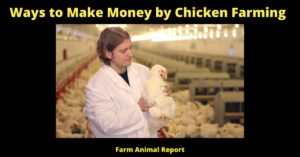
Chicken breeders are always trying to improve their flocks through genetic selection. They use a variety of methods to select the best birds for breeding, including body size, weight, egg production, and disease resistance. By carefully selecting the birds with the most desirable traits, chicken breeders are able to produce healthier, more productive flocks. In addition to traditional methods of selection, newer techniques such as DNA testing are also being used to identify the most promising birds for breeding. By using these methods, chicken breeders are able to rapidly improve the quality of their flocks.
What are Some Common Practices in Chicken Processing Plants?
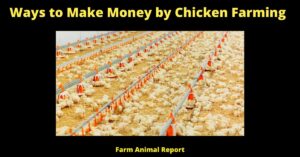
Poultry processing plants are designed to efficiently slaughter and prepare chicken for consumption. The majority of these plants follow similar practices, which typically involve four main steps: live bird handling, defeathering, evisceration, and chilling.
Live bird handling refers to the various methods used to transport chickens from their coops to the slaughter line. This typically involves catching the birds by their legs and placing them in conveyor belts or holding pens. The chickens are then stunned using either electrical current or carbon dioxide gas before they are slaughtered.
The defeathering process removes the chicken’s feathers. This is typically done using large plucking machines that have counter-rotating steel drums lined with rubber fingers. The chickens are fed through the machine and the rotating drums remove the feathers.
Evisceration is the process of removing the chicken’s internal organs. This is done by making a small incision in the bird’s abdomen and then manually removing the heart, lungs, liver, and other organs. These organs are then placed in a separate container for further processing.
Chilling is the final step in poultry processing and it helps to preserve the meat. The chickens are placed in large tanks of chilling water for several minutes. This water is typically cooled using ice or refrigerated coils. After chilling, the chickens are then ready to be packaged and sold.
Poultry processing plants are highly efficient operations that can slaughter and prepare hundreds of chickens in a matter of minutes. By understanding the common practices used in these plants, consumers can better appreciate the work that goes into bringing chicken to their dinner table.


